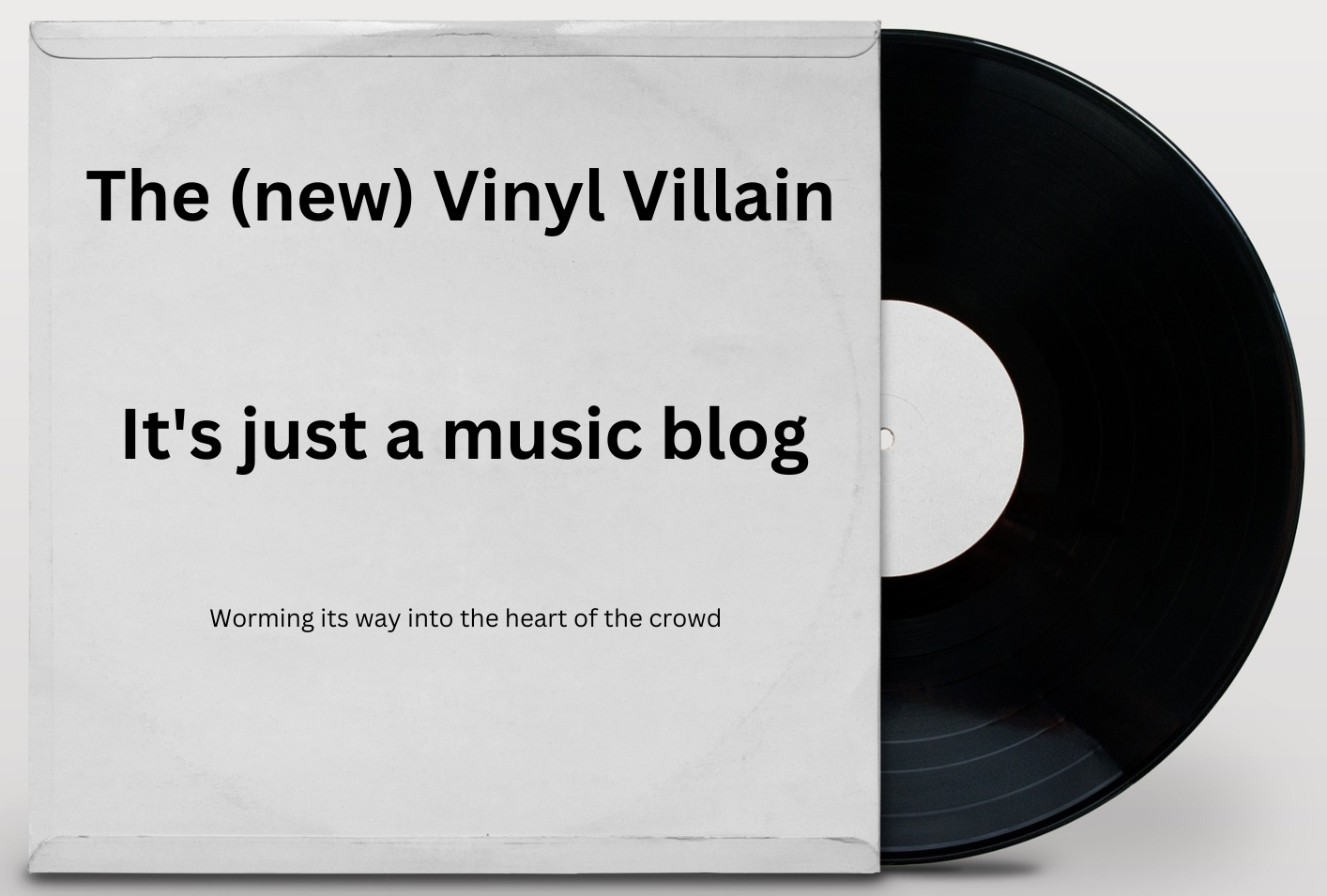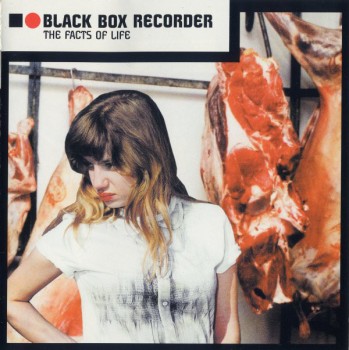
Album: The Correct Use of Soap – Magazine
Review: Louder Than War, 13 June 2013
Author: Amy Britton
After my reappraisal of what I felt was the “forgotten” Siouxsie and the Banshees album “Hyeana,” I thought it was perhaps time to turn my eye to another oft-overlooked album, Magazine’s third outing “The Correct Use of Soap.” A lot more attention is generally paid to their first two albums “Real Life” and “Secondhand Daylight” – demanding in parts, but all the more rewarding for it. This fact has got some kind of critical appeal – fulfillment of the story of Howard Devoto leaving Buzzcocks to focus on something more complex. But by the time they had reached 1980, the band were starting to embrace a more accessible sound – but were none the weaker for it.
Postpunk as a genre is often distinguished by a kind of nervous tension; almost paranoia, and this isn’t something lost on “The Correct Use of Soap.” It was, after all, not the most comfortable of eras, as Thatcherism established itself and the late 70’s sense of restlessness fuelled by nuclear threat and the winter of discontent still hung in the air. For me, if there is one single line which captures the essence of both the era and the genre, its on the track “Philadelphia” – “maybe its right to be nervous now…”
“Politics,” if we use the word in its driest, most conventional form, was never really Magazine’s thing. Their classic debut single “Shot By Both Sides” (which warrants an essay in itself) was boldly Derridean in its deconstruction of straightforward party politics; and that it a theme that very much continues throughout “The Correct Use of Soap.”
Devoto has claimed that at the time, given the series of catastrophic events dominating the world, he “was on talking terms with an apocalyptic view of the world…I don’t really call that political.” He was not necessarily alone in this (his contemporary, the Pop Group frontman Mark Stuart, has admitted to walking around in full army clothing because he was convinced World War III was about to happen, whilst the Protect and Survive campaign instructing what to do in case of nuclear attack was more terrifying than reassuring); fear was the order of the day.
The opening track of “The Correct Use of Soap,” is even called “Because You’re Frightened,” but it quickly becomes evident that this is personal, not political – its chorus of “look what fears done to my body,” accompanies verses which imply settling with somebody sexually for the sake of it. The politics of fear have met the politics of sexuality, dealt with throughout in refreshingly physical terms.
Of course, the demystification of sexuality was a running theme in postpunk – the Au Pairs, Gang of Four, Wire’s 1.2xU – but rarely has it been delivered with such wry humour and confessional emotion as on “The Correct Use of Soap.” The psychoanalyst Julia Kristeva talks about the abject and the horror in the body – how we want to separate ourselves from what the body really is. The body produces sexuality, but it also produces sickness, and there is a sense of ill health permeating “The Correct Use of Soap.”
Its closer “A Song From Under the Floorboards,” (one of my favourite closing tracks ever) opens with the brilliant line “I am angry, I am ill, and I am ugly as sin,” before launching into a lyric oblique yet distinctly Kafkaesque (its hard not to think of the insect imagery in “Metamorphosis”) over a clever, timeless guitar line from the hugely underrated John McGeoch. (Magazines talent as musicians as a whole is undeniable, but there is a sense that “The Correct Use of Soap,” is its producer Martin Hannett’s album as much as anybody actually within the bands.)
The album’s title also implies maintaining the cleanliness of the body. Our bodies let us down and relationships are, viewed with Devoto’s cynical eye, difficult, with lyrics about loving out of weakness and seeing your former partners new lover wearing “some things I left at your place,” – after all, we are more than just bodies, emotions must be attached as well. However, in their influential work “Anti-Oedipus,” Deleuze and Guattari did term humans “desiring machines,” and perhaps to a point they are right. Its certainly not a concept lost on this album – witness “Model Worker,” in which factory workers become psychologically sublimated with their machinery in order to become to perfect worker (although the maintenance of the human body never leaves, evident in the line “I have been indulging in ostentatious display/ doing little more than eating three square meals a day”.)
This is not an experimental album like its predecessors, but it is restless in its influence, hopping from Roxy Music-esque glam (“I’m A Party”), soul (“I Want To Burn Again”) and funk (“Stuck”), all with equal ease and skill. But don’t just rediscover “The Correct Use of Soap,” for its brilliant songs. Rediscover it for capturing a wider mood in history and magnifying it down to something personal, physical, and a whole new kind of political.
JC adds…….
It’s like the halcyon days of the NME never went away, making direct references to, for most of us, obscure philosophers and psychoanalysts just to remind the reader that the author of the piece is well-read and incredibly clever.
I’ve never claimed to be a ‘good’ writer, but I am passionate about the things I like, albeit I often can’t get beyond using words like brilliant, fantastic or amazing to describe how much a particular record means to me. I would bet reasonable money that the author wasn’t alive when The Correct Use of Soap was released and has made a lot of assumptions about the era, from reading books and maybe talking to folk who were around at the time (May 1980) that just don’t ring true.
The Correct Use of Soap will always be high up on the list of my favourite albums, but not because I’m able to make all sorts of smart and obscure references from the lyrics. It’s an album in which all members of the group are at the very top of their games, and yes, it enjoys a production input from Hannet that is unusually crisp and clear without too much gimmickry. It is a record that deliberately veers all over the place, with punk, funk, pop all to the fore – it even has a soppy ballad, complete with female backing vocals which tug at the heartstrings. But I’ll just keep coming back to the fact that McGeogh and Adamson, in particular, have never sounded better.
There’s not a duff song on ‘Soap’….it would, on its own make for a perfect ICA. A position that Devoto & co. seemingly acknowledged by the fact that in 2009, shortly after their brief reformation, they undertook a tour in which they played the album in order from start to finish, before taking a short break and coming back for a second set of songs from the other albums.
mp3: Magazine – Because You’re Frightened
mp3: Magazine – You Never Knew Me
mp3: Magazine – Sweetheart Contract
mp3: Magazine – A Song From Under The Floorboards



















